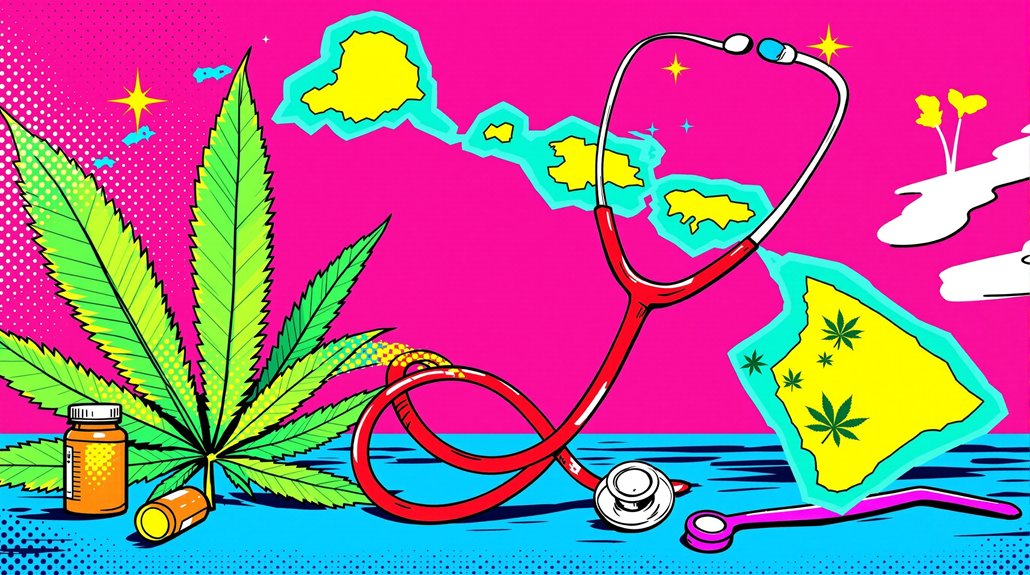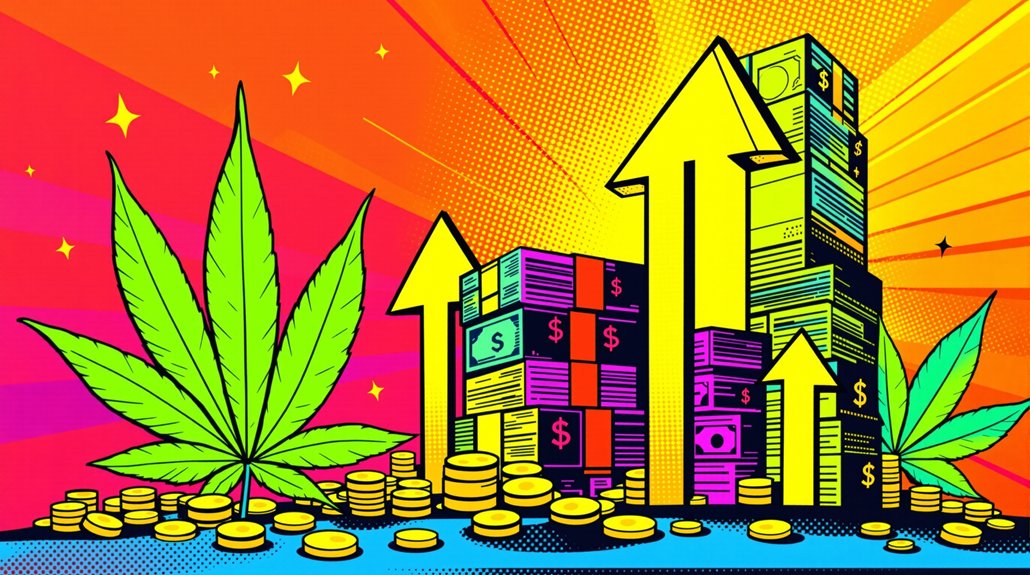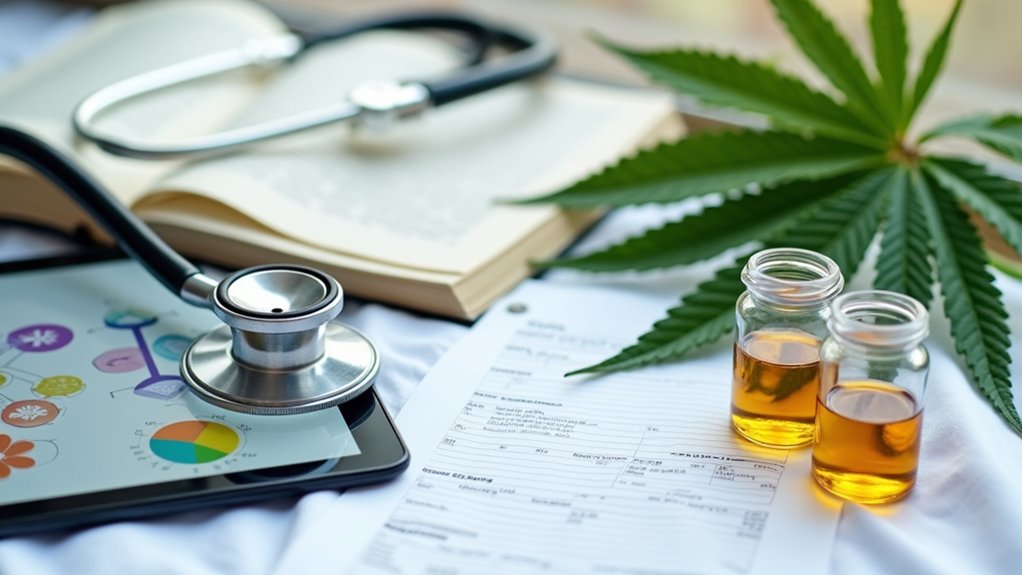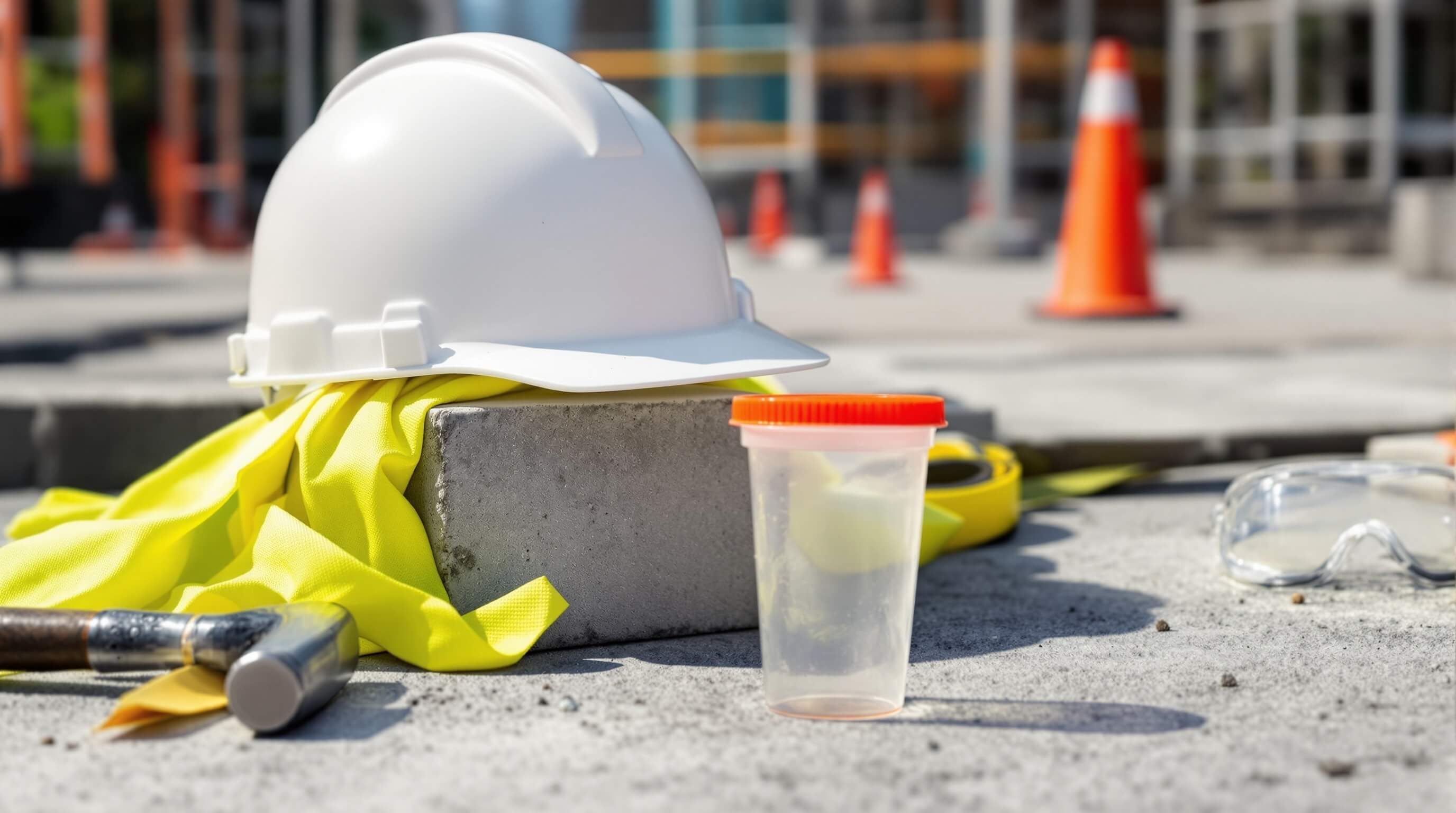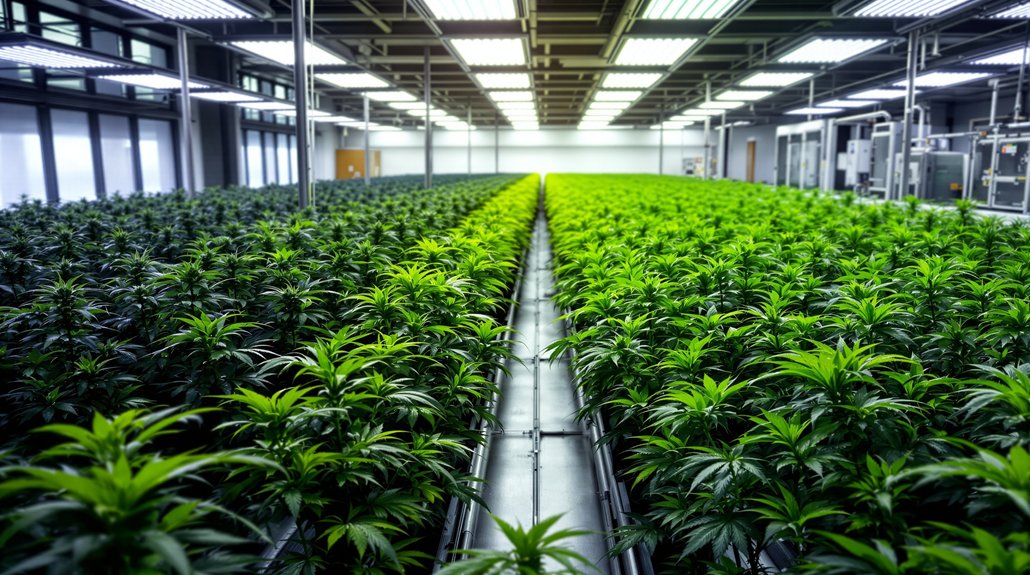While medical cannabis gains acceptance across forty states, Hawaii’s Department of Health is taking an unprecedented step by offering free accredited continuing education courses specifically designed to bridge the knowledge gap between patient demand and physician expertise. The initiative addresses a fundamental problem: medical professionals receive minimal cannabis training in conventional curricula, leaving them unprepared as patient use rises dramatically.
Hawaii’s thorough curriculum covers the endocannabinoid system, the body’s largest signaling network that most doctors barely encountered during medical school. The courses explore cannabinoid pharmacology and therapeutic mechanisms, examining effectiveness across chronic pain, chemotherapy-induced nausea, multiple sclerosis spasticity, and seizure disorders. Providers learn evidence-based dosing strategies and regimen customization while mastering documentation of contraindications, drug interactions, and adverse effects.
Recent state law changes have amplified the program’s importance. Hawaii now allows medical providers to recommend cannabis for any ailment deemed appropriate, not just previously listed conditions. This expanded scope means physicians need solid knowledge to navigate uncharted therapeutic territory responsibly. The state also introduced telehealth recommendations for medical cannabis, eliminating in-person visit requirements and potentially increasing provider-patient discussions about cannabis therapy.
The training extends beyond traditional healthcare roles, encompassing dispensary personnel and budtenders who interact directly with patients. This thorough approach guarantees consistent, scientifically-grounded information flows throughout Hawaii’s medical cannabis ecosystem. Certification programs include exams, visual materials, and expert testimonials as verification mechanisms, maintaining educational standards across diverse participants.
Hawaii’s comprehensive certification approach ensures scientifically-grounded cannabis education reaches every level of the medical ecosystem, from physicians to dispensary staff.
Federal complexities add another layer of significance. Cannabis remains Schedule I federally, creating legal tensions that Hawaii navigates by prioritizing patient access and practitioner competency. The courses emphasize FDA-approved cannabinoid medications like Epidiolex, Marinol, and Cesamet, providing physicians with familiar regulatory frameworks alongside emerging cannabis applications. Licensed medical professionals receive state law protection when discussing cannabis therapy options with patients.
The workforce implications extend beyond immediate patient care. As Hawaii’s medical cannabis industry expands, certified professionals gain competitive advantages in emerging job markets. Regular updates and advanced modules enhance capabilities as research and regulation evolve, creating a dynamic educational ecosystem that adapts to scientific developments. The first 200 registrations are offered completely free to eliminate financial barriers and ensure widespread participation among healthcare professionals. Hawaii’s medical cannabis program has proven successful with more than 120,000 patients enrolled since its inception, demonstrating the substantial patient population that healthcare providers serve.
Hawaii’s initiative represents a pragmatic response to medical cannabis legalization realities. Rather than leaving physicians to navigate complex therapeutic decisions with insufficient knowledge, the state proactively builds competency through structured education. This approach could serve as a model for other states grappling with similar challenges, demonstrating how systematic training programs can bridge the gap between legislative change and clinical practice readiness.
